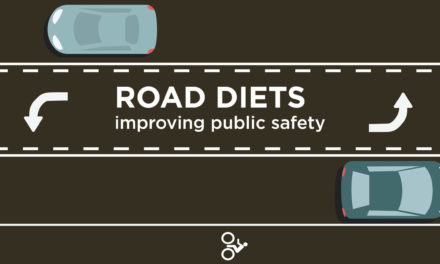From governing.com:
Citizen engagement has traditionally been viewed as citizens participating in community activities such as testifying on policy proposals, budgets and strategic plans. But government does more than policy and budgets. And citizens want to do more than testify or volunteer at the local food bank.
How can state and local governments engage their citizens in ways that are more meaningful–and fun–to both the citizens and their communities? A series of pioneering initiatives holds promise that this now can be done on a much wider scale.
A new study explores the growing phenomena of engaging citizens in the co-delivery of services. “The rise and increasing pervasiveness of digital social media–Facebook, Twitter–have dissolved the many technical barriers to widespread and sustained citizen involvement in actually co-producing and co-delivering public services,” note the study’s authors, P.K. Kannan and Ai-Mei Chang of the University of Maryland.
The rise of the millennial generation as it enters adulthood reinforces this new phenomenon, since millennials tend to be both tech-savvy and service-oriented. The private sector spotted this trend several years ago and pioneered a number of successful ways to engage customers. One well-known example is the LEGO Digital Designer, a website where children can design new models and compete with each other online. Another is Intuit’s TurboTax live community, where customers provide advice and help to each other, with those who are most helpful being ranked higher on the site.
Of course, the co-delivery of public services has been around for a long time–just think of volunteer fire departments, citizen juries and neighborhood watch groups. But today technology allows many new paths for engagement. The authors of the study identify points in the policy cycle where citizens can now become engaged:
Policy or program design. Co-design initiatives give citizens the chance to participate in the development of a new policy or service. These types of efforts are usually time-bound, with a beginning and an end point. These are also the closest to the traditional view of what constitutes citizen engagement. For example, Washington, D.C., Mayor Vincent C. Gray holds periodic community summits, such as one held last year to have citizens in one of the city’s wards propose and review potential economic-development investments by the city in their neighborhoods.
Developing and providing services. Another type of co-production initiative involves engaging citizens–as individuals or groups—in designing or delivering a service. In youth courts, for example, first-time, non-violent offenders serve as juries that try other offenders, with the goal of reducing recidivism. Another example is the mobile smartphone app, SeeClickFix, which allows citizens in participating cities and counties to report non-emergency issues (graffiti, broken street lights, potholes) and then track the local government’s response.
Co-delivered services can be short-term transactions, such as the IRS’ annual tax assistance program staffed by volunteers, or they can be long-term relationships, such as the Harlem Children’s Zone initiative, which involves professionals, volunteers from the community and public servants working to rebuild the community’s social, health, economic and educational environment to give children a better chance to develop into productive citizens.
How do you get people to participate? Oftentimes, government leaders want to engage citizens but the citizens don’t respond, or the response comes from only a small segment that doesn’t necessarily represent the broader community. What can be done to encourage greater, and more sustained, participation?
A key element is how the initiative is designed. One strategy being pioneered is the use of game-design technology. An advocate of that approach is Nicole Lazzaro, a professional game designer who says that game-based technology “can be a powerful organizer of human action and engagement.” She offers as an example a website sponsored by the gaming community, Games for Change, that addresses national and local challenges such as obesity, education and climate change. For example, a climate-change-awareness game in Vermont pits individual towns against each other in a game to win a Ben and Jerry’s ice cream party.
“Getting the incentives right for citizens to participate in a co-delivery initiative is important,” says Lazzaro. Kannan and Chang agree that understanding and responding to what motivates people is key. I’d think that the folks in Vermont have got it right: Ice cream would be a great motivator.




